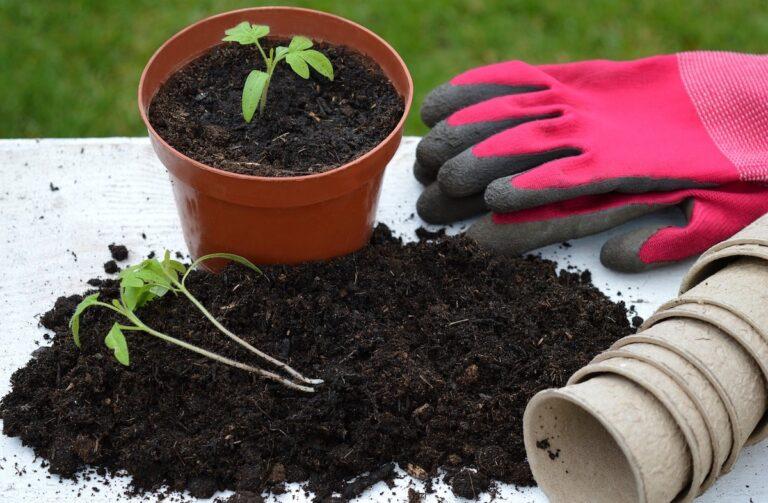August gardening in Rim Country is prime time to start fall vegetable gardens – even as the summer harvest continues.
TIME TO START FALL GARDENS. Prep empty garden beds. Amend the soil. Prepare a landscape plan for fall planting of trees and shrubs.
COMPOST, COMPOST, COMPOST !!! Begin a new compost pile.
KEEP WEEDING. ADD MULCH! Target: bindweed, Japanese knotweed, Ailanthus, curly dock, pearlwort, liverwort, spotted spurge.

Bindweed

Houseplants: NEED repotting? Do it now, while they’re still outside (less messy than in the house). Don’t step up more than an inch in diameter (on small pots) or a couple (on large ones).
Check for insect pests, and treat as necessary. Then, shape and pinch back before returning them indoors.
Perennials: Leave showy seed heads and ones you want for seed-saving; deadhead the rest. Cut flowers for drying: yarrow, strawflower, gomphrena, cockscomb, etc. Propagate spring-flowering perennials.
Roses: After deadheading, cut stem just above a set of five leaves to promote new flowering growth.
Trees and shrubs: NO MORE FERTILIZER! Prune out dead, damaged, diseased wood, suckers and water sprouts. Water trees deeply. Lightly prune overgrown hedges and deciduous shrubs. Prune summer-flowering trees and shrubs once flowering is complete. Prune all raspberry canes which have completed fruiting, to the ground.
- Tomatoes: Remove suckers. Prune for air circulation at the centers and bottoms.
- Asparagus: keep well-weeded and let ferns grow to feed crowns underneath.
- Garlic: Save the heads with the biggest cloves for replanting next month – OR – buy at the farmers’ market/order more now for fall delivery.
Fall Garden planting: Prep new beds with compost; add needed amendments. Rotate crops to prevent the depletion of soil nutrients & the build-up of soil-borne diseases and pests. Direct sow seed for beets, broccoli, Brussels sprouts, carrots, chard, kale, kohlrabi, lettuce, peas, radishes, spinach, turnips and rutabagas; transplant cabbage, cauliflower, and celery.



